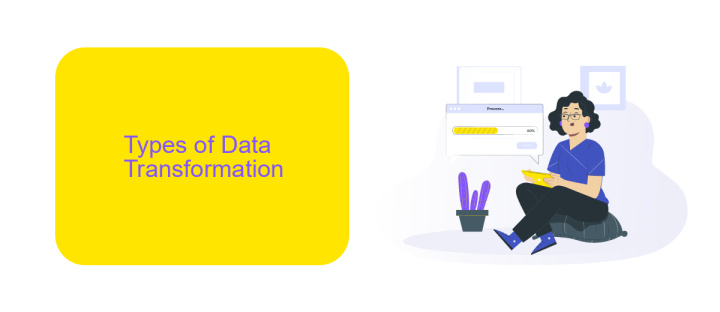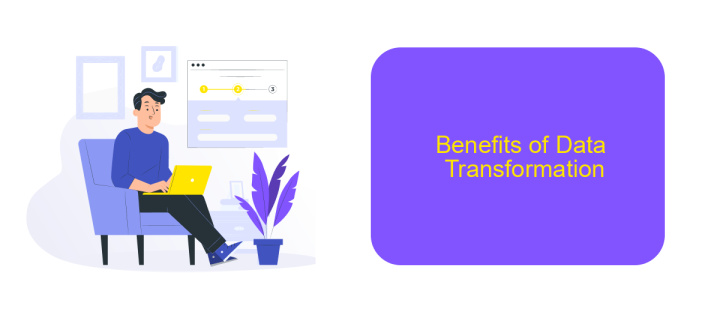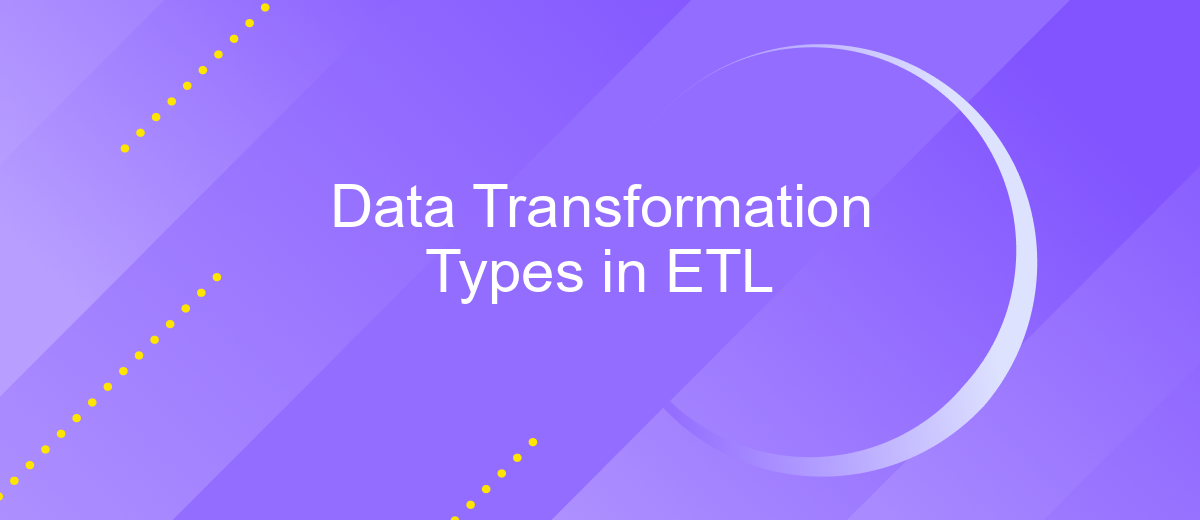Data Transformation Types in ETL
Data transformation is a crucial step in the ETL (Extract, Transform, Load) process, enabling raw data to be converted into a meaningful format for analysis. This article explores various types of data transformations, including filtering, aggregation, and enrichment, which help ensure data quality and integrity. Understanding these transformation types is essential for optimizing data workflows and achieving accurate business insights.
Introduction
Data transformation is a critical component in the ETL (Extract, Transform, Load) process, enabling the conversion of raw data into a format suitable for analysis. This step ensures that data is cleaned, structured, and integrated, making it valuable for business intelligence and decision-making. Various transformation techniques can be applied depending on the source and target systems, as well as the specific requirements of the data analysis.
- Data Cleaning: Removing inaccuracies and inconsistencies from data.
- Data Integration: Combining data from multiple sources into a unified view.
- Data Aggregation: Summarizing data to provide insights at a higher level.
- Data Normalization: Standardizing data formats for consistency.
- Data Enrichment: Enhancing data with additional information.
Modern ETL tools and services, such as ApiX-Drive, simplify the data transformation process by offering robust integration capabilities and automation features. These tools enable seamless data flow between various systems, ensuring that transformed data is readily available for analysis and reporting. By leveraging such services, organizations can focus on deriving actionable insights rather than dealing with the complexities of data transformation.
Types of Data Transformation

Data transformation is a crucial step in the ETL (Extract, Transform, Load) process, involving various types of modifications to convert raw data into a suitable format for analysis. Common types of data transformation include filtering, sorting, aggregating, and joining data from different sources. Filtering helps in removing unnecessary data, while sorting arranges data in a specific order. Aggregating combines multiple data points into a single summary value, and joining merges data from different tables or sources to provide a comprehensive dataset.
Another essential type of data transformation is data cleansing, which involves correcting or removing inaccurate records from a dataset. Normalization is also vital, as it ensures that data is stored in a consistent format, making it easier to query and analyze. Tools like ApiX-Drive can facilitate these transformations by offering seamless integration and automation capabilities, allowing businesses to connect various data sources and automate the transformation process efficiently. This not only saves time but also enhances data accuracy and reliability, ensuring better decision-making outcomes.
Data Transformation Tools

Data transformation tools play a crucial role in the ETL (Extract, Transform, Load) process by converting data into the desired format for analysis and reporting. These tools help streamline data workflows, ensuring data consistency, quality, and accessibility.
- Apache NiFi: An open-source tool that automates the movement of data between disparate systems. It provides a web-based interface for designing data flows and offers extensive support for data transformation.
- Talend: A powerful ETL tool that supports various data transformation activities. It offers a graphical user interface for designing data workflows and integrates well with big data platforms.
- ApiX-Drive: A versatile service that facilitates the integration and transformation of data from multiple sources. It simplifies the process of connecting APIs and automating data workflows without requiring extensive coding knowledge.
- Informatica PowerCenter: A comprehensive data integration tool that supports complex data transformation and data quality processes. It is widely used in enterprise environments for its robustness and scalability.
Choosing the right data transformation tool depends on the specific requirements of your ETL process, including the volume of data, complexity of transformations, and existing technology stack. Tools like ApiX-Drive can be particularly useful for businesses looking to automate and simplify their data integration workflows without extensive technical expertise.
Benefits of Data Transformation

Data transformation is a critical step in the ETL (Extract, Transform, Load) process, offering numerous benefits that enhance data quality and usability. Transforming data ensures that it is clean, consistent, and ready for analysis, which is essential for making informed business decisions.
One of the primary advantages of data transformation is the ability to integrate data from multiple sources. This process harmonizes different data formats and structures, creating a unified dataset that provides a comprehensive view of business operations. Additionally, data transformation improves data accuracy by correcting errors, removing duplicates, and standardizing values.
- Enhanced data quality and consistency
- Improved data integration from diverse sources
- Increased data accuracy and reliability
- Streamlined data analysis and reporting
Moreover, services like ApiX-Drive facilitate seamless data transformation and integration. ApiX-Drive allows businesses to automate data workflows between various applications, ensuring that transformed data is continuously updated and synchronized across all platforms. This not only saves time but also minimizes the risk of human error, making the data transformation process more efficient and effective.
- Automate the work of an online store or landing
- Empower through integration
- Don't spend money on programmers and integrators
- Save time by automating routine tasks
Best Practices for Data Transformation
Effective data transformation is crucial for ensuring the quality and usability of data in ETL processes. One best practice is to maintain a clear and consistent schema throughout the transformation stages. This ensures that data remains accurate and reliable, which is vital for downstream analytics and reporting. Additionally, it's important to document each transformation step meticulously, providing a clear lineage of how data has been altered. This transparency aids in troubleshooting and ensures compliance with data governance policies.
Another best practice is to leverage automated tools and services to streamline the transformation process. For example, using a service like ApiX-Drive can simplify the integration of various data sources and automate repetitive tasks, reducing the risk of human error. It's also advisable to implement validation checks at each stage of the transformation to catch and rectify errors early. Finally, always consider the scalability of your transformation processes to accommodate future data growth and evolving business needs.
FAQ
What are the common types of data transformations in ETL?
Why is data cleansing important in ETL processes?
How does data aggregation help in ETL?
What is the role of data joining in ETL?
How can automation tools assist in ETL data transformation?
Routine tasks take a lot of time from employees? Do they burn out, do not have enough working day for the main duties and important things? Do you understand that the only way out of this situation in modern realities is automation? Try Apix-Drive for free and make sure that the online connector in 5 minutes of setting up integration will remove a significant part of the routine from your life and free up time for you and your employees.


